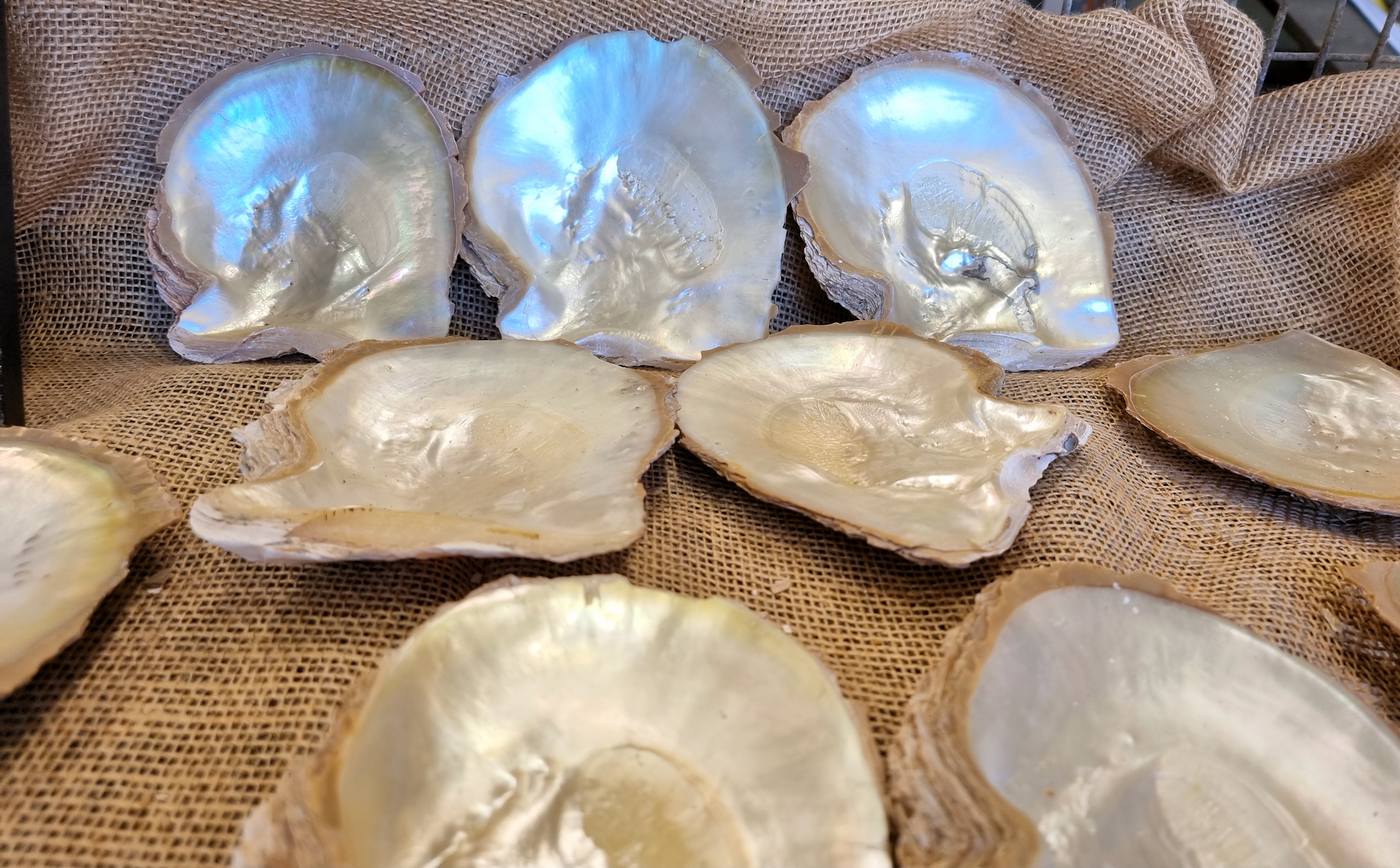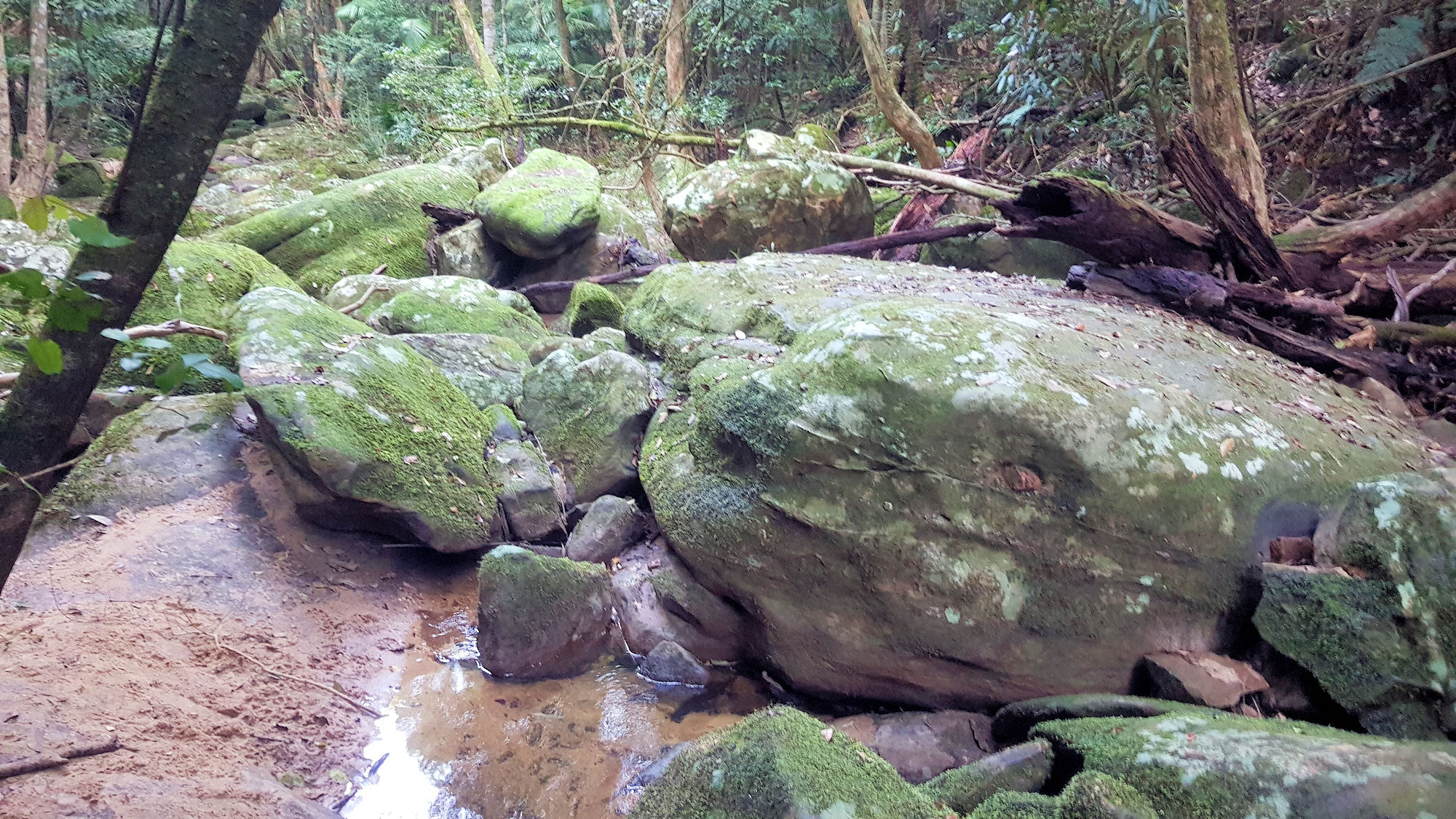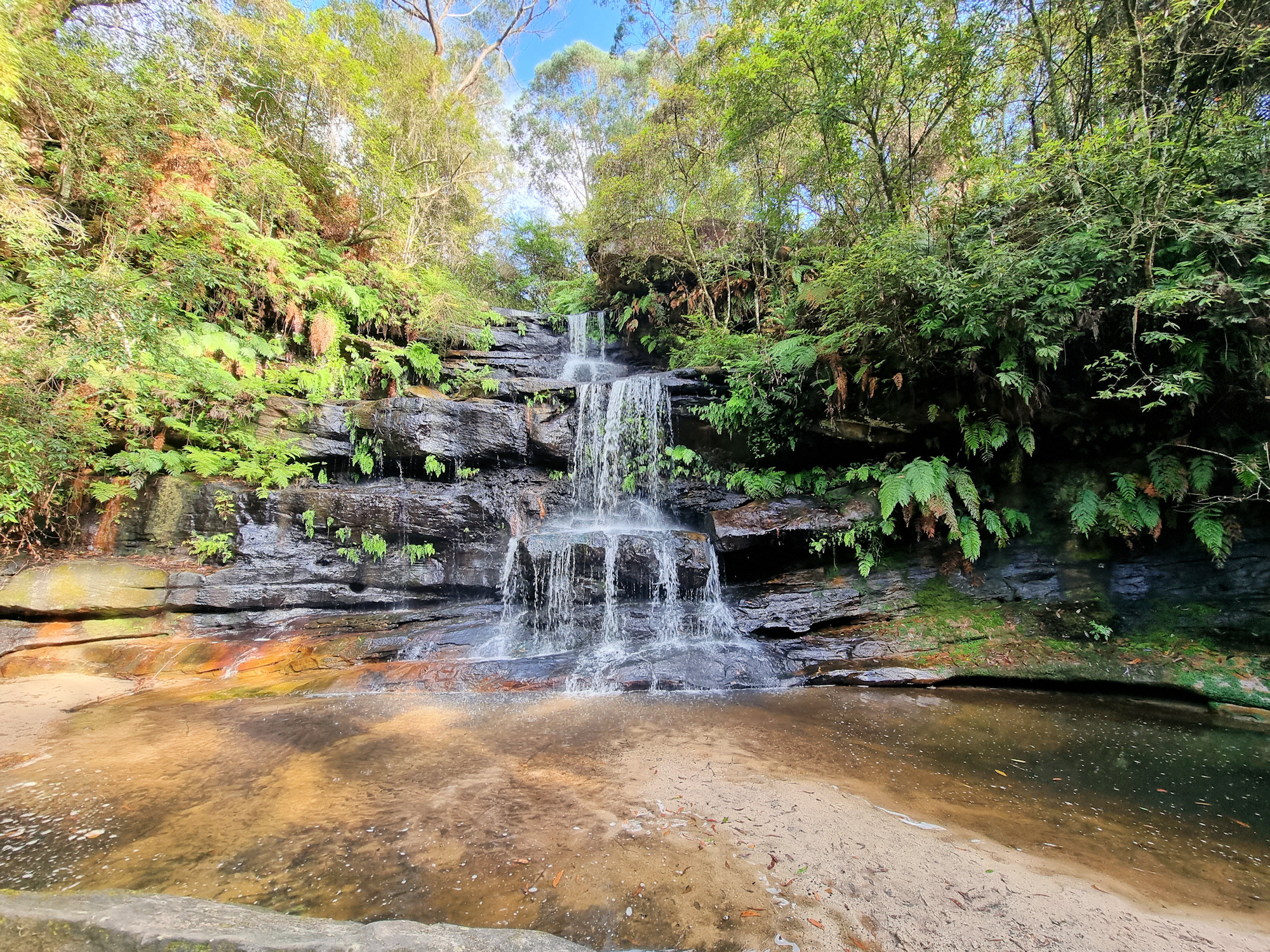Category: Central Coast
-
Broken Bay Pearl Farm

Broken Bay Pearl Farm Established in 2003, Broken Bay Pearl Farm is New South Wales’s only pearl farm. Although Sydney Rock oysters used for eating are farmed here, this is the first business to farm pearls. Located at Mooney Mooney on the Hawkesbury River, parking was at a premium, with some people on our tour… Read more
-
Stoney Creek Track Strickland State Forest

Stoney Creek Track Strickland State Forest Getting There Located in the Strickland State Forest, Stoney Creek Track is a great walk winding its way along Stoney Creek from the upper Banksia picnic area to the lower carpark. Banksia Picnic Area The track starts near the entrance to the Banksia Picnic Area, where a large car… Read more
